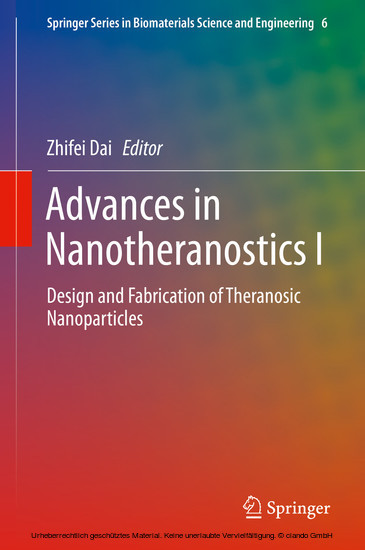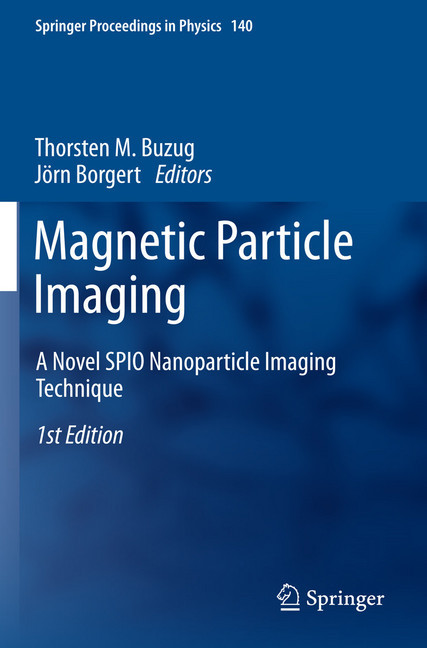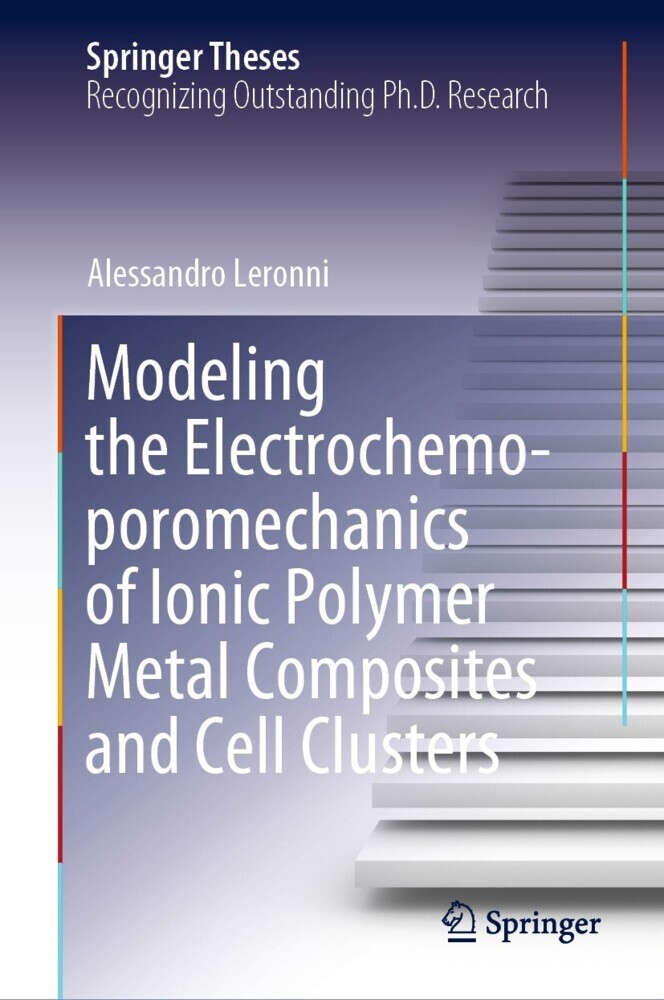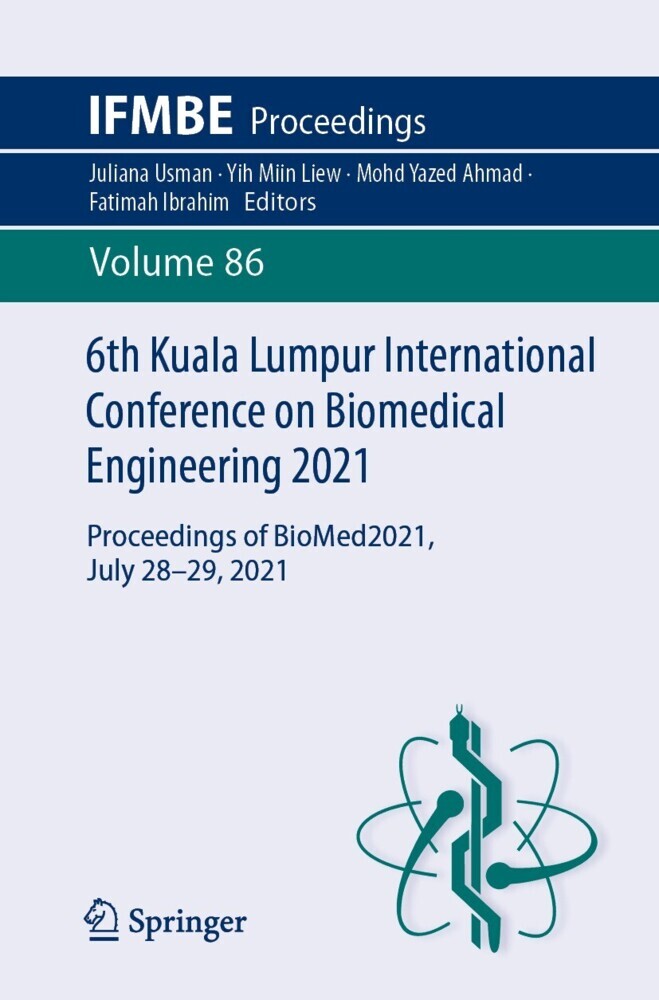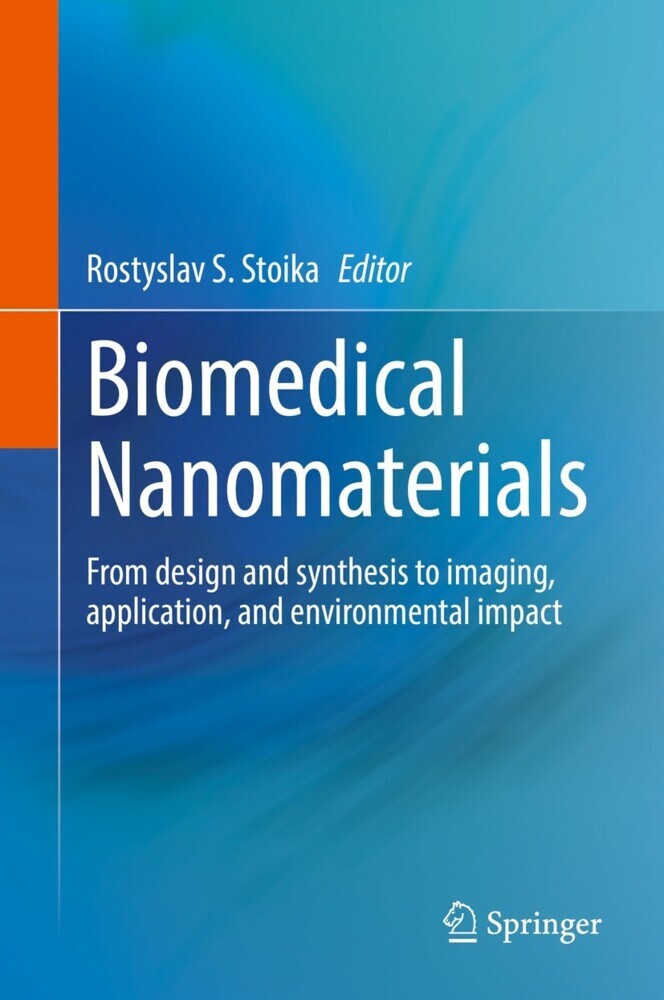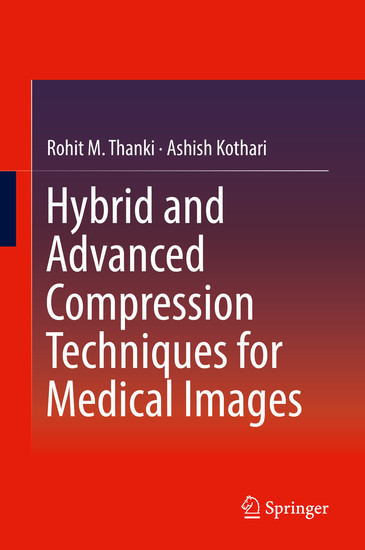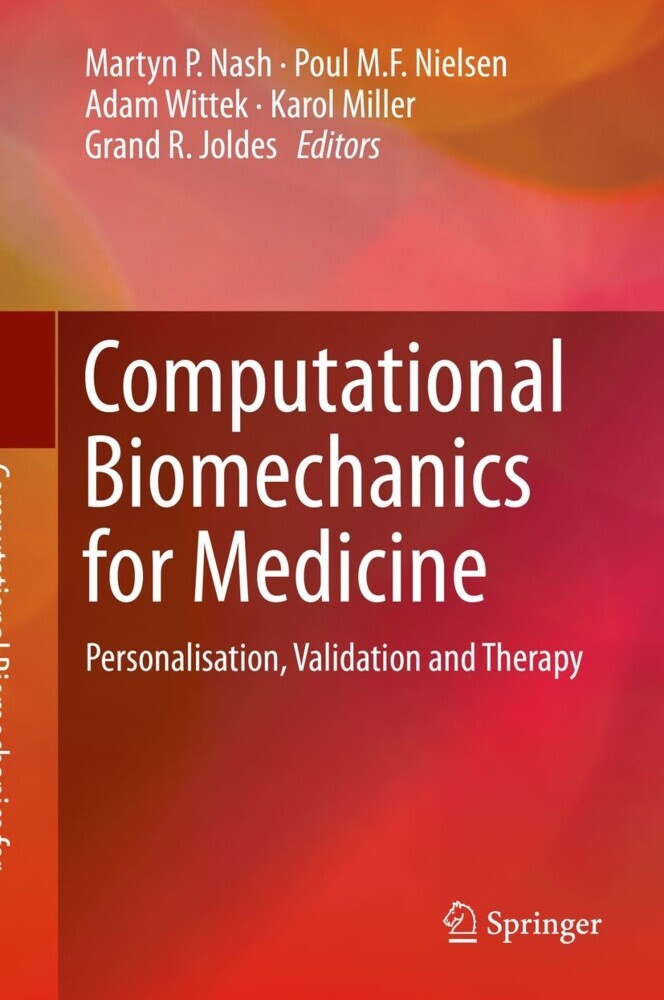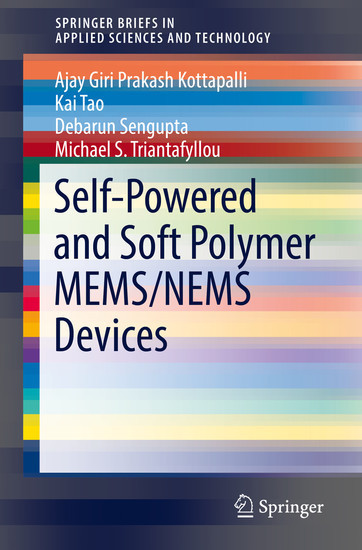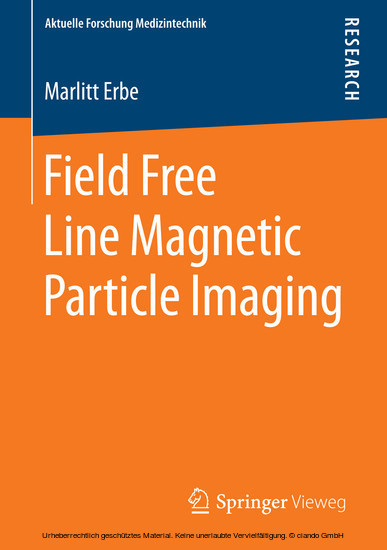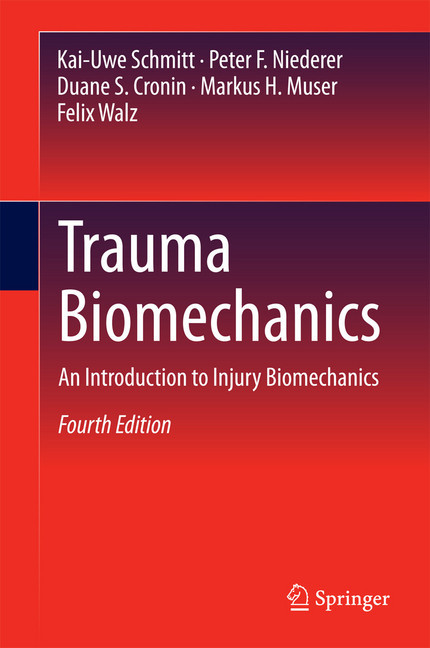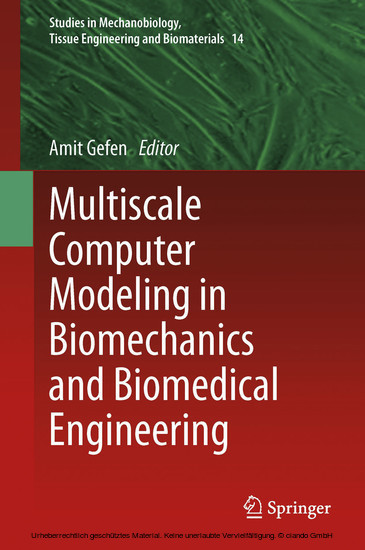Advances in Nanotheranostics I
This book highlights the recent advances in nanotheranostics from basic research to potential applications, and discusses the modular design and engineering of multiplex nanoparticles including gold nanostructures, luminescent nanoparticles, dendrimers and liposomes. Each chapter demonstrates multifunctional nanoparticles with topics covering targeting, imaging, delivery, diagnostics, and therapy as new modalities for cancer theranostics. This comprehensive book presents expert views on the latest developments in theranostic nanomedicine.
It focuses on potential theranostic applications of multifunctional nanoparticles ranging from identifying noninvasively cancer cells by molecular detection, and visualizing in vivo drug delivery by means of contrast enhanced imaging, to destroying cancer cell s with minimal side effects via selective accumulation at tumor sites, and real-time monitoring therapeutic effectiveness. It also presents an interdisciplinary survey of nanotheranostics and as such is a valuable resource for researchers and students in related fields.
Zhifei Dai is a Professor at the Department of Biomedical Engineering, College of Engineering, Peking University, China.
Prof. Zhifei Dai obtained his Ph.D. in Physical Chemistry at the Institute of Photographic Chemistry, Chinese Academy of Sciences in 1998. From 1999 to 2005, he worked at the School of Sciences, Kwansei Gakuin University in Japan, Max-Planck Institute of Colloids and Interfaces in Germany, and the School of Medicine, Emory University in USA, respectively. In March 2005, he became a Professor at the School of Life Science and Technology, Harbin Institute of Technology, China. In May 2012, he moved to the Department of Biomedical Engineering, College of Engineering, Peking University, China. His research focuses on the multifunctional nanoparticles for drug delivery and contrast enhanced imaging. He is a member of editorial board for several international and national journals such as Bioconjugate Chemistry, Theranostics, Journal of Interdisciplinary Nanomedicine, IET Nanobiotechnology, BioMed International Research, Chinese Journal of Nuclear Medicine and Molecular Imaging and so on. He is now a standing committee member of China Association of Medical Ultrasound Equipment and Chinese Association of Ultrasound in Medicine and Engineering, an executive member of the council of Chinese Society for Functional Materials, and a committee member of the Acoustic Society of China. He received many honors and awards including National Natural Science Fund for Outstanding Young Researcher, New Century Talents of Chinese Ministry of Education, Longjiang Scholar Distinguished Professor, and the First Prize of the Natural Science Award of Heilongjiang Province.
1;Preface;6 2;Contents;8 3;Part I: Gold Nanostructures Based Theranostics;10 3.1;Chapter 1: Near-Infrared Light-Mediated Gold Nanoplatforms for Cancer Theranostics;11 3.1.1;1.1 Introduction;12 3.1.2;1.2 Near-Infrared Light-Mediated Cancer Imaging by Au Nanostructures;12 3.1.2.1;1.2.1 Dark-Field Microscopy;14 3.1.2.2;1.2.2 Two-Photon Luminescence (TPL);16 3.1.2.3;1.2.3 Photoacoustic Tomography (PAT);18 3.1.2.4;1.2.4 X-ray Computed Tomography (CT);19 3.1.2.5;1.2.5 Optical Coherence Tomography (OCT);20 3.1.2.6;1.2.6 Surface-Enhanced Raman Scattering (SERS);21 3.1.3;1.3 Cancer Photothermal Therapy by Au Nanostructures;22 3.1.4;1.4 Functionalization of Au Nanostructures;24 3.1.4.1;1.4.1 Noncovalent Functionalization;26 3.1.4.2;1.4.2 Covalent Functionalization;27 3.1.5;1.5 Au Nanoshells (AuNSs);28 3.1.6;1.6 Au Nanorods (AuNRs);31 3.1.7;1.7 Hollow Au Nanospheres (HAuNSs);33 3.1.8;1.8 Au Nanocages (AuNCs);36 3.1.9;1.9 Au Nanostars;38 3.1.10;1.10 Other Au Nanostructures;40 3.1.11;1.11 Strategy for Combatting Cancer Drug Resistance and Inhibiting Cancer Stem Cells and Cancer Metastasis;42 3.1.12;1.12 Conclusions and Perspectives;45 3.1.13;References;51 3.2;Chapter 2: Gold Nanostructures for Cancer Imaging and Therapy;61 3.2.1;2.1 Introduction;61 3.2.2;2.2 Plasmonic Properties and Surface Functionalization of Gold Nanostructures;62 3.2.2.1;2.2.1 Radiative Properties;62 3.2.2.2;2.2.2 Nonradiative Photothermal Effects;66 3.2.2.3;2.2.3 Surface Functionalization;67 3.2.3;2.3 Gold Nanostructures for Photothermal Therapy;69 3.2.3.1;2.3.1 Gold Nanoshells;71 3.2.3.2;2.3.2 Gold Nanorods;74 3.2.3.3;2.3.3 Gold Nanocages;76 3.2.3.4;2.3.4 Other Gold Nanostructures;77 3.2.4;2.4 Combination of Photothermal Therapy with Other Therapeutic Approaches;79 3.2.4.1;2.4.1 Combination of Photothermal Therapy with Photodynamic Therapy;79 3.2.4.2;2.4.2 Combination of Photothermal Therapy with Chemotherapy;81 3.2.5;2.5 Gold Nanostructures for Diagnostics;84 3.2.5.1;2.5.1 Dark-Field Imaging (DFI);84 3.2.5.2;2.5.2 Optical Coherence Tomography;85 3.2.5.3;2.5.3 Two-Photon Luminescence;87 3.2.5.4;2.5.4 Photoacoustic Imaging;88 3.2.5.5;2.5.5 Computed Tomography;90 3.2.5.6;2.5.6 Surface-Enhanced Raman Scattering (SERS) Based Imaging;91 3.2.6;2.6 Gold Nanostructures for Imaging-Guided Therapy;94 3.2.7;2.7 Concluding Remarks;97 3.2.8;References;97 3.3;Chapter 3: Gold Nanorods for Biomedical Imaging and Therapy in Cancer;110 3.3.1;3.1 Introduction;110 3.3.2;3.2 Gold Nanorod Synthesis;112 3.3.3;3.3 Surface Modification and Functionalization;119 3.3.4;3.4 Properties;123 3.3.4.1;3.4.1 Localized Surface Plasmon Resonance Effect;124 3.3.4.2;3.4.2 Surface-Enhanced Raman Scattering;125 3.3.4.3;3.4.3 Single-/Two-Photon Fluorescence;125 3.3.4.4;3.4.4 Near-Field Plasmon Coupling;125 3.3.4.5;3.4.5 Photosensitive Effect;126 3.3.5;3.5 Biomedical Applications;126 3.3.5.1;3.5.1 AuNRs as Biomedical Imaging Agents;127 3.3.5.1.1;3.5.1.1 Light Scattering Imaging;127 3.3.5.1.2;3.5.1.2 Two-Photon Fluorescence Imaging;128 3.3.5.1.3;3.5.1.3 Photoacoustic Imaging;129 3.3.5.2;3.5.2 AuNRs for Cancer Therapy;130 3.3.5.2.1;3.5.2.1 Drug/Gene Therapy;130 3.3.5.2.2;3.5.2.2 Photothermal Therapy;131 3.3.5.2.3;3.5.2.3 Photodynamic Therapy;132 3.3.5.2.4;3.5.2.4 Combined Applications;133 3.3.5.3;3.5.3 AuNRs for New Applications;134 3.3.5.3.1;3.5.3.1 New Unique Way to Challenge Drug Resistance;135 3.3.5.3.2;3.5.3.2 Localized Electric Field of Plasmonic AuNR-Enhanced Photodynamic Therapy;135 3.3.5.3.3;3.5.3.3 Highly Efficient and Safe Photodynamic Therapy;137 3.3.6;3.6 Perspectives;137 3.3.7;References;138 4;Part II: Theranostic Luminescent Nanoparticles;144 4.1;Chapter 4: Lanthanide-Doped Upconversion Nanoparticles for Imaging-Guided Drug Delivery and Therapy;145 4.1.1;4.1 Introduction;145 4.1.2;4.2 Engineering of UCNPs for Biomedical Applications;146 4.1.2.1;4.2.1 Basic Mechanism of UCNPs;146 4.1.2.2;4.2.2 Synthesis of UCNPs;147 4.1.2.3;4.2.3 UCNPs with Core@shell Structures;148 4.1.2.4;4.2.4 Surface Modifica
Dai, Zhifei
| ISBN | 9783662485446 |
|---|---|
| Artikelnummer | 9783662485446 |
| Medientyp | E-Book - PDF |
| Copyrightjahr | 2015 |
| Verlag | Springer-Verlag |
| Umfang | 338 Seiten |
| Sprache | Englisch |
| Kopierschutz | Digitales Wasserzeichen |

